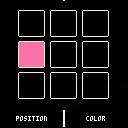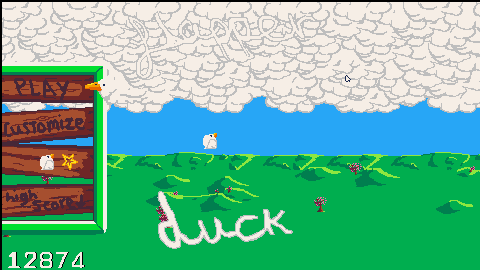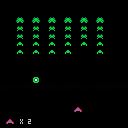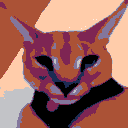hi, i'm loving picotron so far! i just wanted to report some issues using coroutines.
when using coroutine.resume, it can sometimes return early when the coroutine runs for a while due to how picotron does timeslicing. from reading head.lua, i learned that using coresume instead of coroutine.resume fixes this, which makes me think maybe coroutine.resume should be replaced with it. another more minor issue is that coresume only returns the first value of a multiple-value return/yield from the coroutine, and not any more.
here's a simple test case:
local function long_running_coroutine ()
for i = 1, 100 do
cls()
end
return 1, 2
end
function working ()
local c = coroutine.create (long_running_coroutine)
coresume (c)
assert (coroutine.status(c) == 'dead', 'this works')
end
function not_working ()
local c = coroutine.create (long_running_coroutine)
coroutine.resume (c)
assert (coroutine.status(c) == 'dead', 'this doesn\'t work')
[ [size=16][color=#ffaabb] [ Continue Reading.. ] [/color][/size] ](/bbs/?pid=147216#p) |



A GUI library for Picotron!
It includes basic components: boxes, text boxes, text input, buttons, sliders, radio and multiple selection buttons, and color selecter. And layout components: vertical and horizontal stacks, dropdowns, a topbar and a scrollable container.
It can be useful to test game mechanics or to build app interfaces.
You can use this cart and see how it works or check the documentation on the github repository.
(I'll try to make a video on how to use it and post it here too :))
Here's one simple example:
[hidden]
include "pgui.lua"
function _init()
-- Define the initial value of the slider
slidervalue = 10
end
function _update()
-- Refresh pgui each frame
pgui:refresh()
-- Create a slider and set its value back from its return value
slidervalue = pgui:component("hslider",{pos=vec(190,20),value=slidervalue})
end
function _draw()
cls(5)
-- Draw the circle, its size is based on the return value of the slider
circfill(240,140,slidervalue,8)
-- Draw all pgui components
pgui:draw()
end |
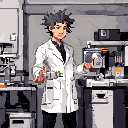






Lens 0.1.2
Capture and view debugging information. This app will run and allow you to send it values to log and inspect. Since this runs as a separate process, you can still inspect log values even in the event of your program crashing.
Supports all data types and includes the ability to inspect table values.
Usage
To use, include "libs/lens.lua" from the cart, and call Lens.log().
Otherwise just send a "log" event to the lens process:
send_message(lens_pid, {
event = "log",
value = "log output",
}) |
This is an early release to collect feedback, so please let me know if you find it useful or any issues you encounter.
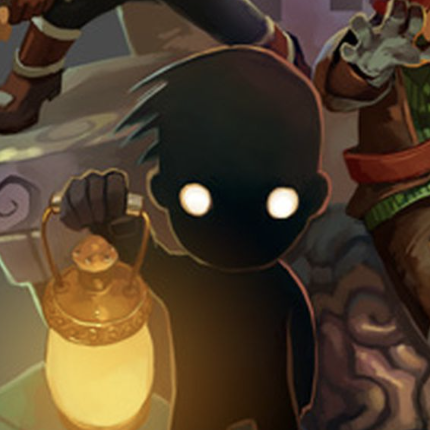

n-back (Wikipedia, Gwern)
How to play:
1-Back: Remember whether the position or color (or both) is the same as in the previous round, press the according button/buttons if they match.
2-Back: Remember whether position or color are the same as 2 rounds ago.
N-back: Remember whether position or color are the same as n rounds ago.
Controls:
Z or <- for a position match
X or -> for a color match
P to pause (+ additional menu)
Tips:
Try playing in standard mode to understand how the game works, in endless the game ends when you make a mistake or miss a match.
Cascade Cascade
A game somewhere in the space between a breakout clone and a puzzle bobble clone, inspired by a half-remembered game I played on an airplane seatback.
Controls
- Aim with left and right arrows
- Press [x] to fire
Or, as of 2024.04.27, point and click with the mouse to aim and fire.
Rules
This is an endless arcade game. Your goal is to survive by keeping the blocks from reaching the bottom.
- Each hit reduces a block's strength by one. When a block's strength reaches zero, it's destroyed.
- Powerups (white concentric circles) increase the number of balls you can accumulate for your next shot.
- The number of balls you'll fire next shot is indicated by the combo meter on the right side of the screen. It increases by one-half for each block you hit.
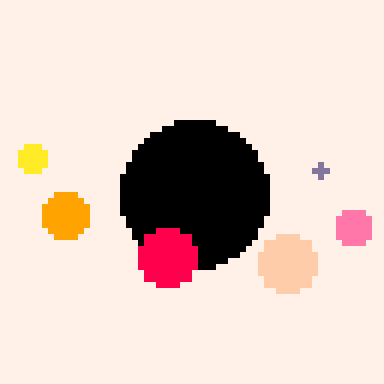



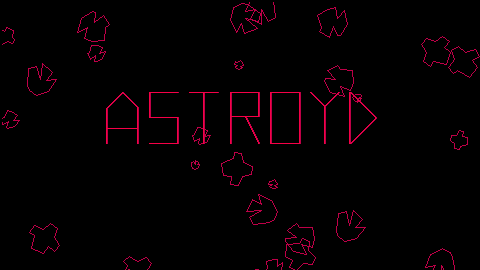
ASTROYD
Any good computer needs one of these. This is my version, with a bunch of juiceful extra stuff that wasn't in the original classic release.
What, I really have to explain the game? In this day and age? Fine...
The Controls
- ⬅️ and ➡️ to steer.
- ⬆️ to thrust forward.
- [Z] to perform a hyperspace warp! Your momentum is conserved. You might warp face-first into an asteroid, though.
- [X] to fire.
The Game
As you destroy asteroids and flying saucers, you will gain points. See, this is one of those "arcade games" where the points are the point, and the reward is a high score.
That's neat and all, but the game will also become more difficult as you increase your score and clear screens. I wonder if there's a limit...
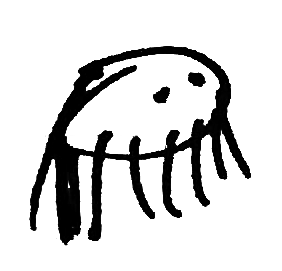
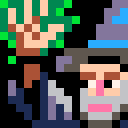


Welcome to Brain Games. A collection of puzzles and game to test our logic and puzzle-solving skills. Take your time and have fun in these 6 different games.

Jumps
Use peg solitaire rules to solve these puzzles. Use one chip to jump over another and remove the jumped chip from the board. The puzzles get more difficult as the levels get higher! Can you get the board down to one chip?
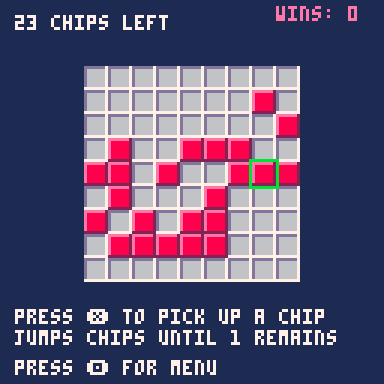
Dice
Can you get all the dice to the six face? These puzzles start out easy but increase in difficult as you level up. You'll need to use Rubik's Cube like logic to solve the more complex levels.



Here is Conway's Game of Life in Picotron, using the colour tables as a fast way to count all the pixels at once.
This version does not work in the web player, because input is not detected ( @zep pls fix!)
Controls:
Up: Increase simulation speed
Down: Decrease simulation speed
Space: Pause
F: Step one frame
C: Clear screen
R: Randomise screen
L-Click: Draw pixels
R-Click: Erase Pixels
L: Toggle large cursor
Basic code:
[hidden]
function _init()
frame = 0
-- Set up userdata so we can draw the screen to itself
-- by using memcpy() to a memmapped region of memory.
-- The userdata is now the contents of the previous frame,
-- and it is now possible to modify the current frame.
-- We can also call spr() with userdata
-- to draw the previous frame to the current one
screen = userdata("u8", 480, 270)
memmap(0x30000, screen)
end
function set_col_table(new, current, col)
poke(0x8000 + 64*new + current, col)
end
function _draw()
frame += 1
if frame == 1 then
-- Randomise the screen for the first frame.
for y=0,269 do
for x=0,479 do
if (rnd() < 0.2) pset(x, y, 7)
end
end
-- Copy the current screen to the buffer, just for the first frame
memcpy(0x30000, 0x10000, 0x20000)
end
--if (frame % 32 > 0) return
cls()
-- White cells drawn onto colour 0 will set the colour to 1, white onto 1 will be 2
-- and so on. This counts the number of neighbouring cells very quickly
for i=0, 7 do
set_col_table(7, i, i+1)
end
-- Draw the screen 8 times in a ring, for each neighbour. The colour tables
-- do the counting
for y=-1,1 do
for x=-1,1 do
if (x!=0 or y!=0) spr(screen, x, y)
end
end
-- Set up colour tables to turn the "counted" screen into the next frame
-- Set every colour to black except for drawing black onto 3 (brought back alive)
-- and 2 or 3 neighbours for alive (stay alive)
for i=0, 9 do
set_col_table(0, i, 0)
set_col_table(7, i, 0)
end
set_col_table(0, 3, 7)
set_col_table(7, 2, 7)
set_col_table(7, 3, 7)
-- Draw the screen to the "counted" version, with the rules set above
spr(screen, 0, 0)
-- Reset the draw state to make sure we have a predictable next frame
reset()
-- Copy the screen to the buffer for the next frame,
-- before we pollute it with the FPS counter
memcpy(0x30000, 0x10000, 0x20000)
-- FPS counter
if key("x") then
rectfill(0, 0, 44, 8, 0)
print("FPS: "..stat(7), 1, 1, 8)
end
end |
hey people,
this is flapperDuck,
a flappy bird game that I made after watching enough tutorials on Picotron to feel comfortable coding a game in it, for whatever reason I decided not to look up or actually play flappy bird before making this so this is all from memory and I'm sure not everything is the same, in fact other than the gameplay I'm guessing its quite different
anyway-
keyboard controls are:
z - jump/select
arrows - selecting on the menu
(space also works for jumping but not in browser version)
controller controls are (Xbox controller):
A - select
A/B/X/Y - jump
d-pad - selecting on the menu
the last 2 skins are unlocked when you reach a high score of 8000
and if you (like me) really like the look of old original Gameboy games you might like one of the unlockable skins
as you can see in the screenshot my high score is 12874
feel free to post your high score in the description and have fun
-playerMan

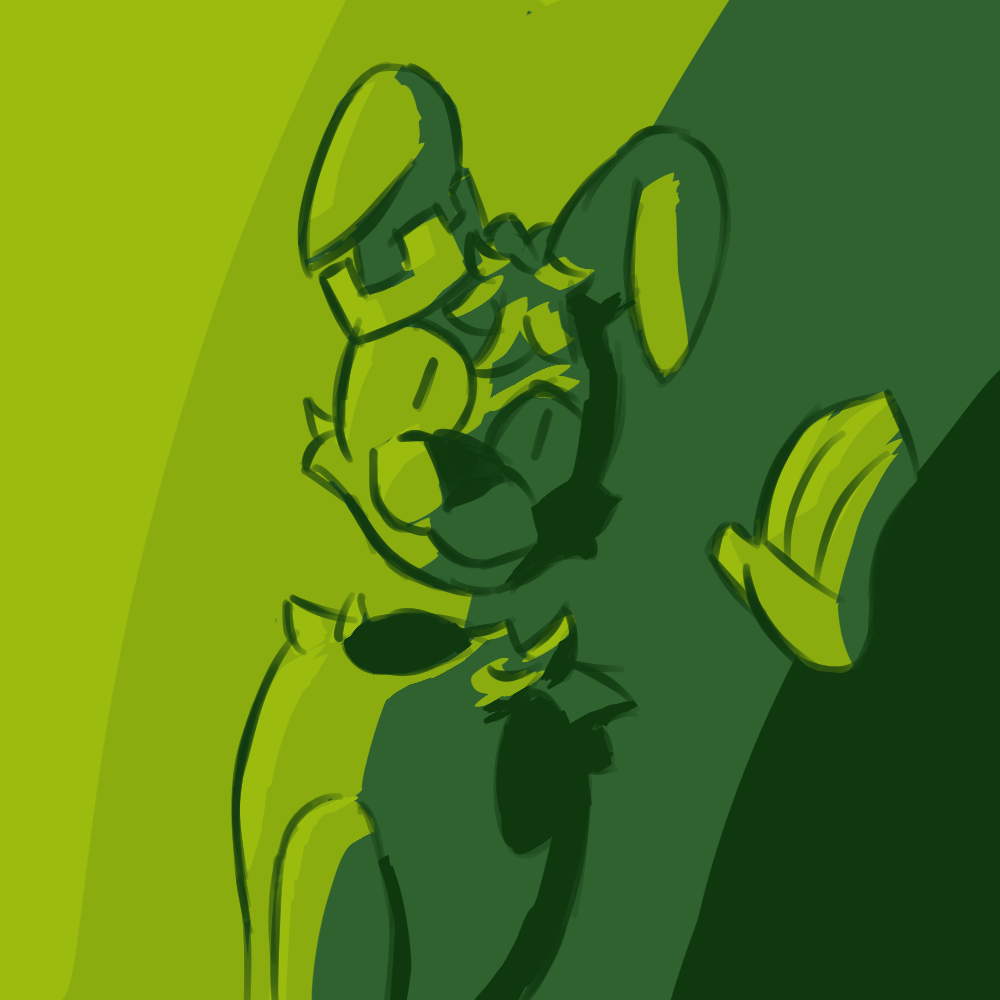


I usually keep all my carts in a specific folder in Picotron, but it's annoying having to cd into that folder every time I want to load a cart, or type the whole path out. I'd rather just be able to load carts from that folder from anywhere in the filesystem.
So, I made loadcart. It's like load (and even uses load to do the actual loading), but you can run it from anywhere and it'll always load from a folder you specify. (It will default to /desktop if you don't set a folder.)
Let's say /desktop/carts is where you store all your carts. You'd run loadcart -d /desktop/carts at some point to set loadcart's saved folder. Now, from that points on, from anywhere in your filesystem, you can type loadcart mycart and it would be the same as running load /desktop/carts/mycart.p64.
Here's the contents of the .lua file. Just save it to /appdata/system/util/loadcart.lua. When you run it with the -d switch, the saved folder will be set in /appdata/loadcart.pod.
--[[
For loading carts from a specific
saved folder.
]]
function print_usage()
print("\f6usage:\t\tloadcart filename\n\t\t\t\tcan be file or directory\n")
print("\f6\t\t\tloadcart -d directory_name\n\t\t\t\tsets carts directory (defaults to \"/desktop\")\n")
if (fstat("/appdata/loadcart.pod")) then
local meta = fetch_metadata("/appdata/loadcart.pod")
if (fstat(meta.dir) == "folder") then
print("\f6current: "..meta.dir)
else
print("\f6current: /desktop")
end
else
print("\f6current: /desktop")
end
end
--show help
local e = env()
local argv = e.argv
if (#argv < 1 or #argv > 2) then
print_usage()
exit(1)
end
--load cart based on settings or default to /desktop
if (#argv == 1) then
if (argv
[ [size=16][color=#ffaabb] [ Continue Reading.. ] [/color][/size] ](/bbs/?pid=147116#p) |

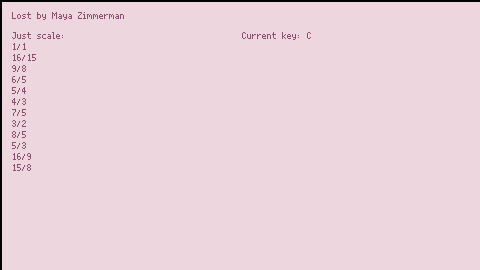
From the moment I saw tuning as a parameter in the synth doc,
I knew I had to get just intonation into Picotron.
So I did.
There is code in the cart to copy into your cart, with instructions
on how to call the function with different musical keys (including a
dynamic key that changes according to channel 0!)
The cartridge includes a song I composed ages ago, which you are
welcome to use for any project you might like. :)
v1.1 Okay, so, the effect I achieved before was very close to just intonation but was not just intonation. I've since achieved true just intonation (you will probably not be able to tell the difference but the math is extra good now, I promise) and this updated cart reflects that.
Hi all,
Just as PowKiddy RGB30 is the perfect handheld for PICO-8, I was wondering which handheld could y'all recommend to run Picotron, including its desktop and the entire development experience. I mean a device that has an option to connect a Bluetooth keyboard & mouse. Thinking about some "recreational coding" gear :-)

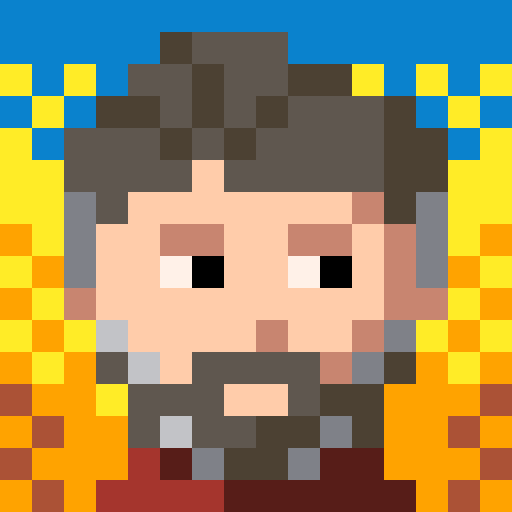




Hey guys!
It's been more than 2 years since I last posted on here. I never really thanked all the people for playing DUNGEON so I'd just like to express my gratitude! I'm typically more active with responding to comments on my itch.io page because more of my games are there.
Also, I never would've imagined DUNGEON would get featured on the front page! Definitely made me smile, so thanks to the pico8 team for putting it there.
I'm shocked people are still commenting on the game even as recent as a few weeks ago, so it convinced me to just make this blog post to try to reach out to the fans that are still here 2 years later. For years I've wanted to do an update to the game where I fix all the bugs and stuff, because believe me I'm aware of the bugs...
Some of them are just dumb mistakes, like how one of the death-screen hints tell you the shop is at level 12 when its really at level 8.
Others are just bad decisions, like making it so that spiders can't be jumped on. Don't know why I did that. Or calling the game's levels 'procedurally generated'. I think I didn't understand what that word meant at all lol.
And YES... I know about the wall jumping. Like 1/3 of the comments mention it lol. I know it sucks. But to be totally honest, I've spent countless hours trying to come up with something better and I can't. Whenever I try to ask a playtester how to fix it, they either say they've gotten too used to it for it to change or just to "make it work like this other game". Which isn't very helpful to me.
Anyhow, I thought I could publish the source code of the game since somebody recently asked for it. But just be warned, it's not remotely organized or thought-out, it's mostly just full of hacky code lol. Every time I look back at it I try to optimize it again but then I realize it's probably not worth it. Which is probably why I never bothered to make a big update fixing any of the bugs. I think I can just accept the way the game is. Plus I've mostly just moved on.
Controls:
Movement
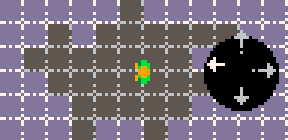
Shooting
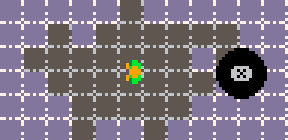
Interactions
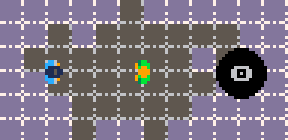
About :
Pico joe is a remake of the classic video game Communist joe created to celebrate its 5 year anniversary a bit later than I would have liked. The story is a retelling / retexturizing of the original, following the protagonist joe through the events of the first game in a new light chasing after an ever better bottle of sweet, sweet vodka, destroying planet after planet collecting bounty after bounty and building up a stack of cash bigger than the Eiffel tower just to endorse your habits, you must fight your way to the top and ensure the universes safety whilst your there, good luck and what not.
Here's a screensaver I made using the 3d assets from my latest project. Some of the ships are a bit scuffed if you look too closely.
V 1.2.1:
Inspired by Profi06's URL Dodecahedron demo I added a fade in and out for the 3d models.
V 1.2:
Changed engine to use matmul3d() and refined most models to look better on a big screen. Ironically it seems to perform worse in the web browser now...
V 1.1:
Added a few extra ships

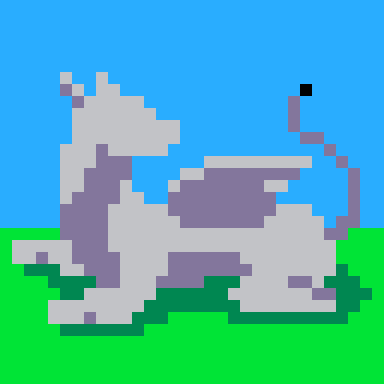


I'm trying to run a /system/util command from my own custom /appdata/system/util command, but I can't seem to get the output from the /system/util to show up when I run it.
For example, let's take a dumb example and pretend I want a custom command called sys_ls to list the contents of the system folder. I would think my /appdata/system/util/sys_ls.lua would look like this:
create_process("/system/util/ls.lua", {
argv = {"/system"}
}) |
And then running sys_ls should spit out the same output as if I ran ls /system. But it doesn't. Instead it outputs nothing at all.
Any idea how to get the called command's output to actually display in terminal along with any other output from a custom command?







 2 comments
2 comments




